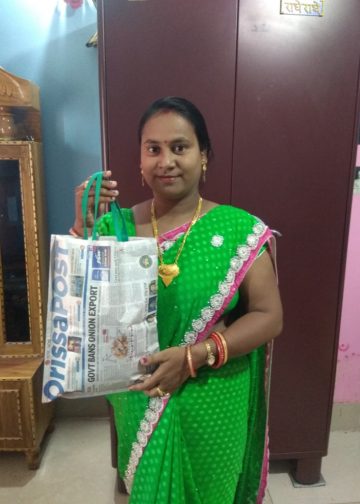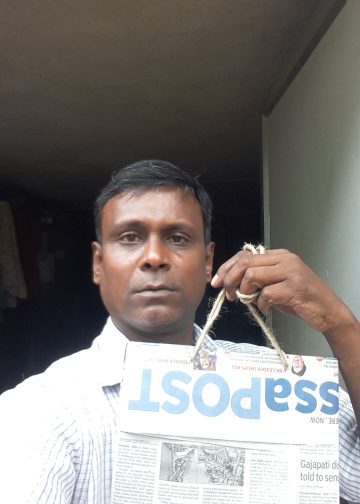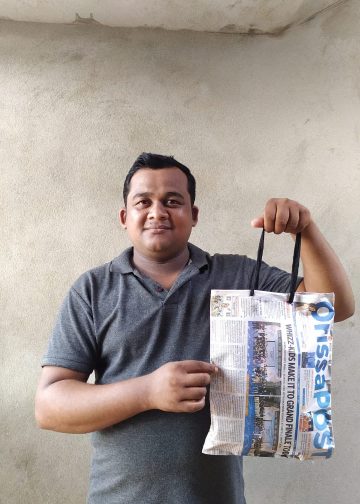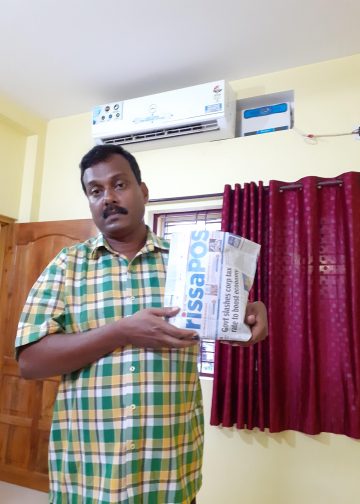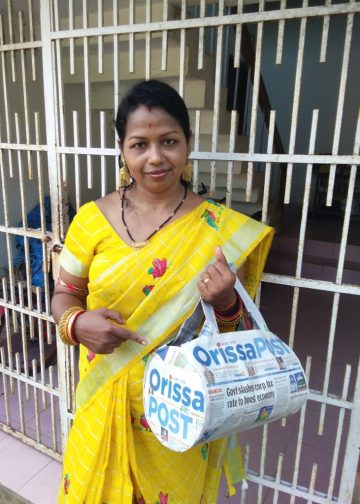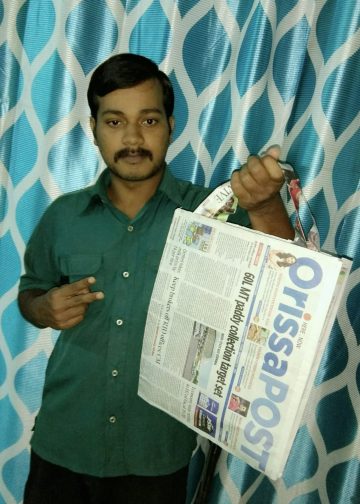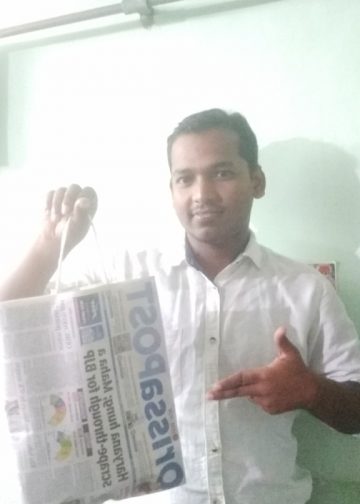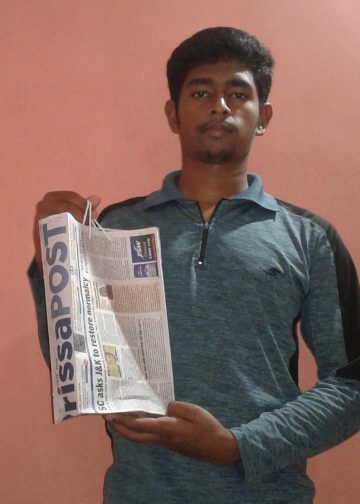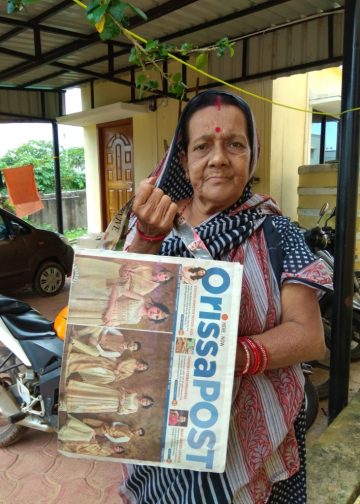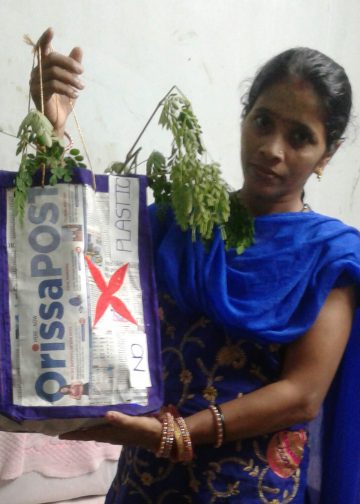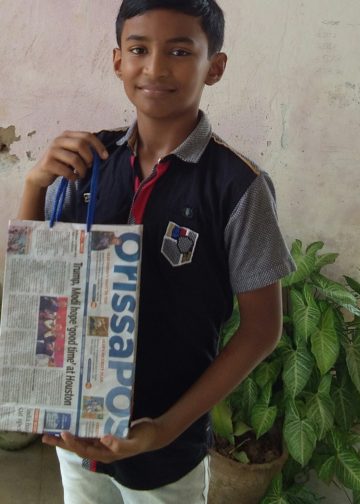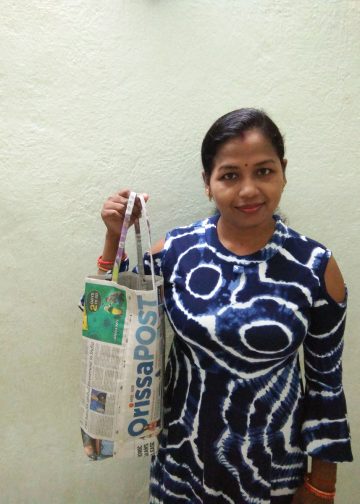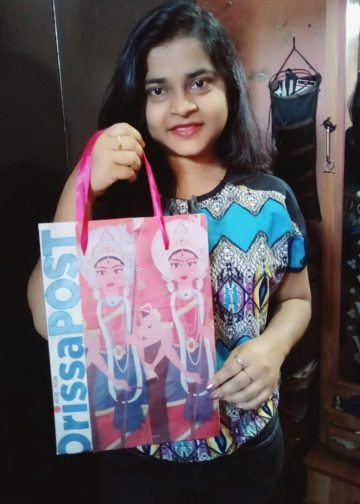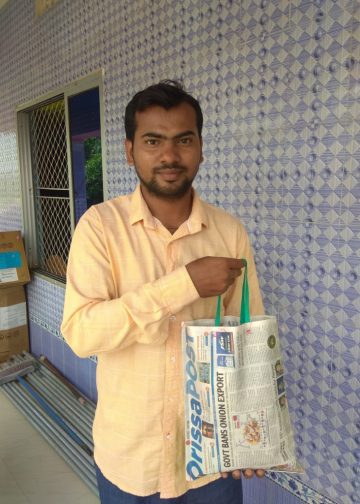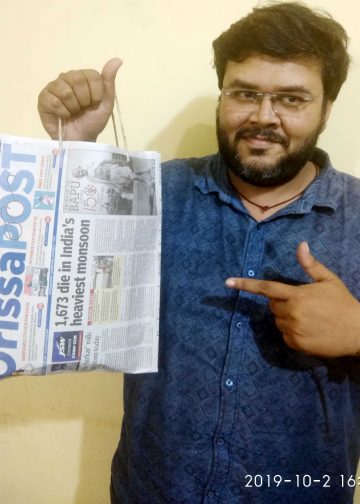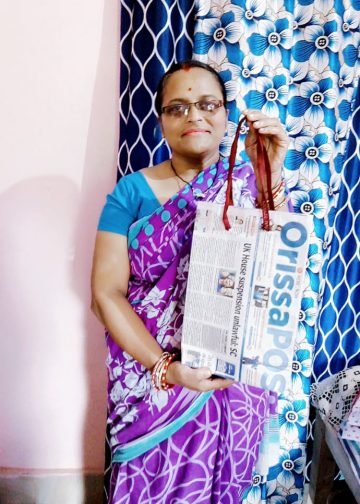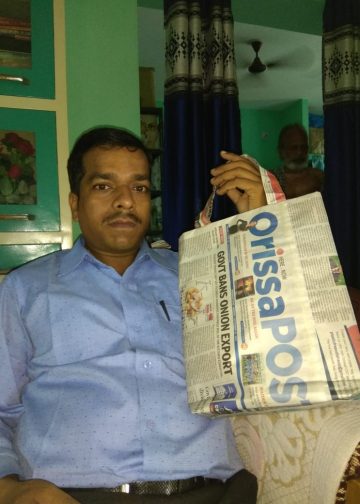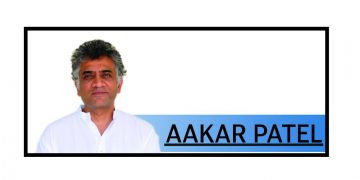FOCUS HEALTH Amit Kapoor
Healthcare spending is a dismal 1 per cent of GDP in India. The private sector contributes 80 per cent in healthcare, and ideally this indicates that the government should increase spending to a target of 3 per cent of the GDP in the near future
==
One of the biggest challenges India faces and will continue to face in the forthcoming decades is on healthcare. It would include issues like health accessibility, infant mortality rates, the stunted growth of children because of ill health, maternal health, disease patterns among its adult population as well as the challenges pertaining to its ageing population, among others. This is bound to be further accentuated by processes like urbanization and ever-growing pollution levels.
The first and foremost challenge on the healthcare front will be addressing and tackling the diseases and understanding the disease patterns. Another related challenge is also to make healthcare affordable and accessible to all and to ensure that there is trust and synergy between the public and private health sector service providers and the common people. The challenge of access is also more pronounced because of the shortage of finance that results in a lack of infrastructure and manpower. Healthcare spending is a dismal 1 per cent of GDP in India. The private sector contributes 80 per cent in healthcare, and ideally this indicates that the government should increase spending to a target of 3 per cent of the GDP in the near future.
The three-tiered system works poorly at the third level — the primary healthcare centres. This is both because of the lack of quality and quantity of manpower.
The pharmaceutical industry’s capacity utilization in India is 45 per cent. It can be increased to 55 per cent with a strategic vision for accessibility and access to medicines at affordable prices. There are a few things that the government can do for boosting growth within the healthcare space. It includes doing away with inefficient spending, looking at outputs rather than constraints in healthcare expenditure as well as doing away with the regulation of prices of drugs barring the necessary medicines etc. Also, telemedicine and e-consultations hold promise for the vast majority of common ailments. However, building infrastructure and expertise is critical for improved access.
The contrary view is that the government that makes budgetary allocation cuts towards healthcare has to be seen from a sympathetic view. The sympathetic view is driven by the idea that it does not make sense to throw money at a system that hardly works, performs or is a big black hole. The ideas also push towards a thinking that a new approach and system is required that redefines the way we look at the healthcare system.
The universal health argument boils down to two things. First, something needs to be done to lift people out of poverty and penury. It can happen only with greater opportunity for employment. Also, 40million people are impoverished because of the health burden — out of pocket expenses. In India, the out of pocket spending is 70 per cent. It has to be reduced. The second deals with designing a healthcare system. The healthcare system has two cornerstones namely satisfaction from the health system and sustainability of healthcare system for everybody. Similar to the other social security schemes, a social security scheme for health insurance should be floated that ensures increased health care from the scheme when an individual suffers from an ailment. It is like making essential drugs available to people for free through insurance.
Thus, the government has to make a healthcare delivery framework where trust is embedded as the basis of the framework. The government also has to rethink how the framework is set and implemented. It requires reform and building a system that is trustworthy, which is responsive to the needs of a low resource setting. Use of technology for reducing access as well as transaction costs can also help in building a better framework.
Also, there is a need to fix accountability and responsibility where it is due, especially to the private sector where there is a profit motive is involved. Doctors should be driven by ethical and professional principles rather than a profit motive. The government also has to look at the long-term vision and the health challenges being faced by the country. It involves greater investments and doing away with redundant laws if a need so arises.
A new health system can be designed along with universal access only when medicines are looked at in a new light. This is because medicines play a key role for health needs in a developing country like India. Medicines need to be a part of the health insurance in India as 72 per cent of the health expense is on medicines. It can be designed with common principles of competition, regulation, equity and access. The government has to take leadership in investing more and enabling greater participation through the PPP mode that is just one of the ways of enabling greater public-private participation. What is required is a system of checks and balances.
The writer is president and CEO of Indian Council on Competitiveness and honorary chairman of Institute for Competitiveness, India.






